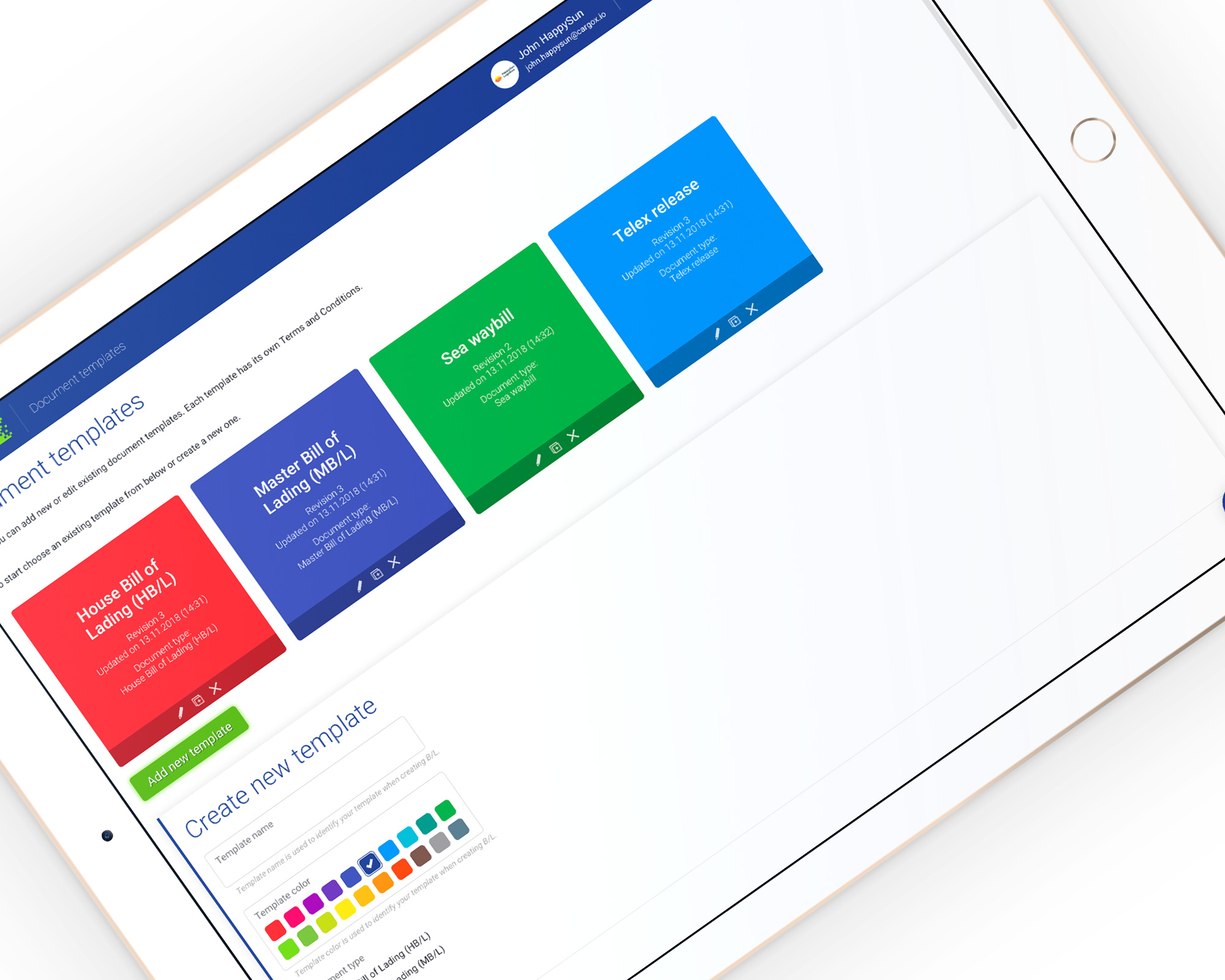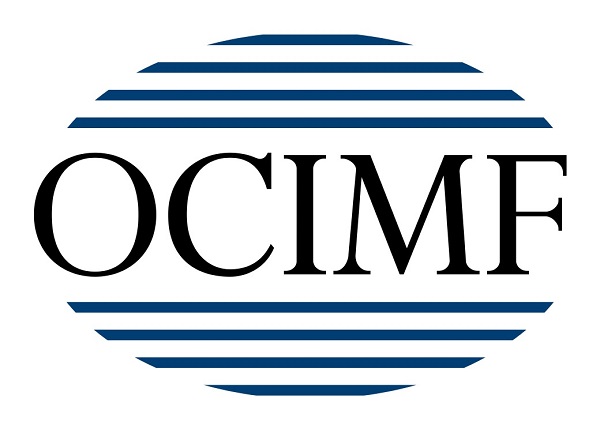As you may have noticed, Covid-19 pandemic is heightening the attractiveness of digital technologies that reduce the need for physical human interaction. Brian Dixon looks at how blockchain’s time may have finally arrived,
Given all the deaths and disruption it has caused, it is little wonder that Covid-19, the infection associated with the novel coronavirus, is not generally considered a positive thing. Nevertheless, the fact remains that it is providing a push towards the greater use of digital technologies that reduce physical human interaction.
One clear example of this is blockchain.
Shipping has a growing interest in blockchain, but it has hardly taken off to the extent that experts thought., however the Covid-19 lockdown has made companies reassess what is available and one company now sees a significant growth in interest.
CargoX is a Solvenia-based company that specialises in blockchain-enabled document transfer services. Its chief marketing officer Igor Dragor says that businesses are actively seeking ways to circumnavigate the obstacles in the physical delivery of paper documents caused by lockdowns and travel bans.
Cargo-X has been approached by shippers, freight forwarders, exporters, manufacturers and customs agencies alike. They are all asking to test and pilot blockchain solutions.
In particular, governments and governmental agencies, Dragar notes, have proven keen to deploy health-safe and contactless systems by which to process shipment information. Among other things, this has included such bodies looking to develop new processing options, such as green-lane processing, fast-tracking, workforce optimisation and workload planning. All this, combined with the general trend towards digitalisation in the industry, leads Dragar to anticipate ever more rapid levels of blockchain adoption over the next two to three years.
That said, the technology still faces a number of obstacles, with the need to accommodate public legal frameworks arguably the biggest such challenge. At the same time, companies offering document and data flow platforms will also need to address issues of interoperability and integration to ensure ports, carriers, shippers and manufacturers have what Dragar terms “a transparent and frictionless business data environment to tackle the challenges of modern logistics”.
Meanwhile, a further barrier to blockchain adoption concerns the mindset of potential end-users.
“They often fear [new ideas] or have confidence in their existing workflows and processes because they have adapted to the fuzzy document loss or sporadic problem build-up,” he says. “People often forget to seek better options and just remain in their comfort zone of doing business as usual. But business as usual is exactly what got disrupted by the Coronavirus – so people are now embracing these solutions as great alternatives.”
And when it comes to embracing blockchain technology, the International Group of Protection & Indemnity (P&I) Clubs has gave formal approval in February this year for P&I to use CargoX’s Blockchain Document Transfer (BDT) platform.
Based on the Ethereum neutral public blockchain network and therefore devoid of any central point of attack, Dragar boasts that the BDT can cut document delivery times from days to minutes while simultaneously sidestepping the need for any physical contact between parties. It also eradicates the risk of possible document tampering or theft in transit while dramatically cutting costs when compared to sending paper documents via traditional courier services.
Kongsberg
But CargoX is certainly not the only company that has seen the current pandemic stimulating demand for its digital services. For instance, while Kongsberg Digital had been planning to offer remote support services to customers of its Vessel Insight data infrastructure system for some time, Vigleik Takle, the company’s senior vice-president of maritime digital solutions, reports that the decision to introduce this service now is a direct result of the limitations the virus has placed upon person-to-person contact around the globe.
“This [remote service] has always been on our roadmap but given the situation we’re in we decided to speed it up,” he says, noting that previously the costs associated with physically sending a service engineer to a vessel were generally deemed secondary to the costs associated with a vessel being kept out of operation. However, with travel restrictions and social distancing now in place, both customers and Kongsberg itself have been keen to investigate the provision of remote support services, with the upshot being that any necessary maintenance or upgrades can now be performed in a much quicker timeframe than had been the case before and at a much-reduced financial cost to all concerned.
“What we’re seeing with the pandemic is the industry opening its eyes to the possibilities that lie within digitalisation,” he says. What’s more, the changes being made today seem likely to have long-lasting effects, with Takle expressing a belief that the issues raised by COVID-19 will ultimately serve to accelerate the adoption of digital services across the board and in so doing enabling the maritime industry to unlock “significant benefits in terms of efficiency, safety and sustainability in the years to come”.

































